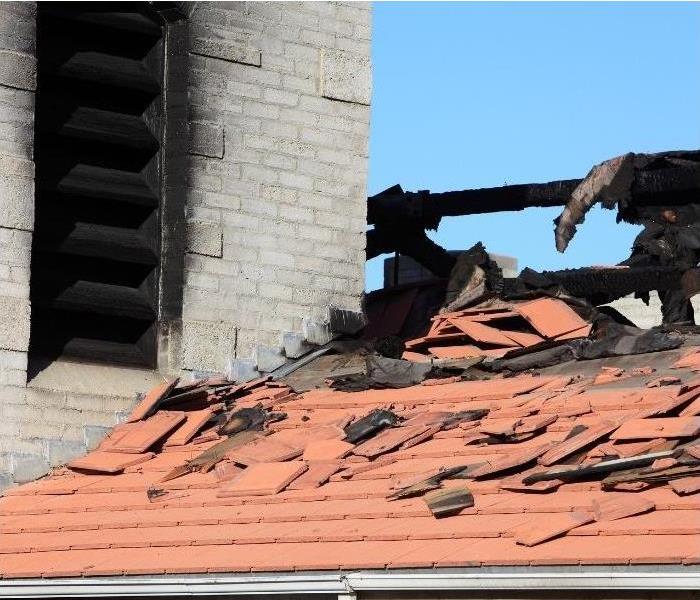Dealing with Smoke Damage After a Fire
11/22/2021 (Permalink)
Whenever a fire of any size ignites inside a home, smoke can affect items even if they were in a different room than the blaze. That’s why extinguishing the flames after a house fire doesn’t mean your woes are over. Learn about dealing with smoke damage after a fire.
How does smoke damage happen?
During a fire, combustion takes place. Smoke is created by materials that do not burn completely. With a burn, smoke can travel all over the house causing various problems even after the fire is out. A big part of mitigating fire damage is dealing with smoke-related issues. When a blaze takes place materials all over the home get coated in soot residue, and foul odors are left behind. If central air was on during the fire, this helps move smoke throughout the whole house which exacerbates the damage.
How can SERVPRO help with smoke damage?
When restoring a house damaged by soot and smoke, our technicians inspect the home to determine which areas were affected which helps establish which cleaning methods to use based on how concentrated the soot is, the type of residue present, and the kind of materials affected. If the soot is heavily concentrated, then it can be difficult to clean, whereas light residues can be wiped off easily. Having a professional fire remediation specialist review the damage and follow a specific restoration process is critical to the success of cleanup.
Why different approaches for cleanup?
A fire creates various kinds of smoke throughout its duration based on the materials it burns, the speed of combustion and the amount of oxygen. When synthetic materials are burned, they create soot that adheres to surfaces better than residues resulting from natural substances such as wood. Fires that burn slow and lack oxygen produce wet smoke that can be extremely difficult to remove compared to quick-burning fires that create dry smoke. The type of materials surfaces are made of also affects the cleanability of soot residues. Non-porous materials such as plastic and metal repel moisture well making them easy for technicians to clean using wet, water-based chemicals. Non-porous materials such as softwood and upholstery absorb soot residues better and can penetrate deep into the material. Water-based chemicals can soak the soot deeper into the material causing them to get ruined. Dry cleaning methods such as wiping with a dry sponge prove to work better in removing soot from porous substances.
Work with a professional for the most effective smoke damage remediation
Various methods are available to use when dealing with smoke and soot. If you need assistance removing smoke residue and soot from your home after a fire, call SERVPRO of Phoenix at (480) 503-2090 24 hours a day. We’re here to help you recover quickly!






 24/7 Emergency Service
24/7 Emergency Service